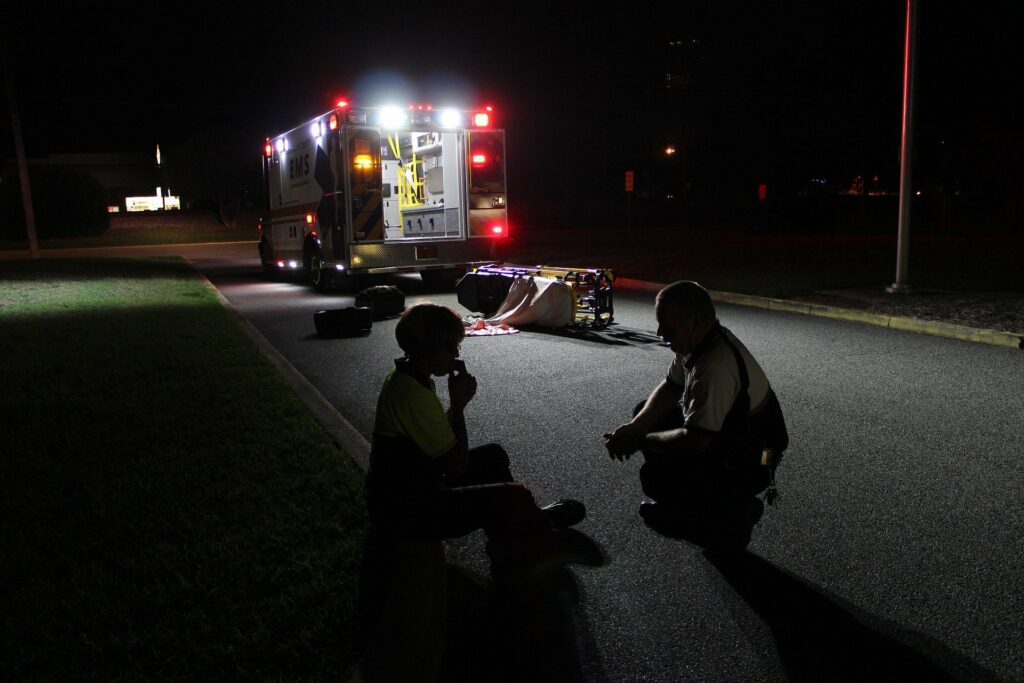Researchers are shedding new light on the origins of PTSD, post-traumatic stress disorder.

Post-mortem analysis of the brain tissue of patients who had been diagnosed with PTSD are helping us better understand the condition. There’s still a lot we can’t make sense of with PTSD, including why women seem to be more susceptible to it, and whether an impaired immune system plays a part.
The brain of the matter
The analysis was led by researchers from the Yale University, finding differences in gene expression patterns between patients with PTSD and healthy people in four regions of the prefrontal cortex (PFC). The PFC is associated with higher cognitive functions. These differences affected two types of cells in patients: interneurons, which inhibit neural activity, and microglia, immune system cells in the central nervous system, the researchers report.
“The findings suggest that together these changes might contribute to an impaired ability to respond to traumatic stress,” said Matthew Girgenti, a research scientist in the Yale Department of Psychiatry and lead author of the study.
Some 8% of the world’s population has been diagnosed with PTSD at one point or another, the authors explain. Among those who have experienced severe stress such as combat, natural disasters, assault, roughly 35% will show symptoms of PTSD. These include intrusive, distressing memories of the traumatic event, hyperarousal upon exposure to stimuli related to the traumatic event, or avoidance of others.
Most of the types of cells heavily impacted by PTSD were the same in men as well as women. The genders however differed in where exactly in the brain affected genes were being expressed. This may be the root of why women are almost twice as likely to develop PTSD and other anxiety disorders as men, and why their symptoms tend to be more severe, the authors explain.
Although almost half of the patients studied by the team were also diagnosed with some form of depression, gene expression patterns in their brains were only loosely tied with depression. They were much more closely linked biologically with schizophrenia and bipolar disorder
“This is a new beginning for the PTSD field,” noted John Krystal, a Professor at Yale and co-senior author of the paper. “We need new treatments for PTSD, and studies like this will provide the scientific foundation for a new generation of medication development efforts.”
The paper “Transcriptomic organization of the human brain in post-traumatic stress disorder” has been published in the journal Nature Neuroscience.


